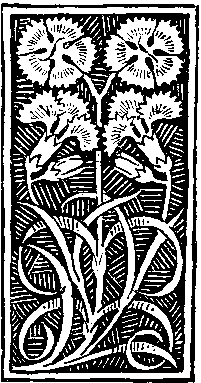What Use Our Work? Crime and Justice in Ripper Street
Keywords:
detective fiction, east end, from hell, gothic, jack the ripper, ripper street, whitechapelAbstract
By the late 1880s, London’s East End had come to represent the antithesis to enlightened progressive Victorian identity. Literary and journalistic narratives centred on its Gothic qualities and painted it as a labyrinth of crime, misery, and degeneration which embodied
middle class fears. Until recently, neo-Victorian depictions frequently reproduced this Gothic gaze, sometimes re-positioning the nineteenth century as the other to a post-colonial perspective. In this article, I examine how the BBC’s/Amazon UK’s Ripper Street (2012 - 2016) deconstructs these biased gazes and in doing so disentangles the East End from the Ripper myth. By re-painting Whitechapel with imaginative historical realism, the series explores underrepresented Victorian identities and challenges the notion of crime as a
social pathology. I argue that, by presenting itself as the result of numerous complex imperial and social interconnections, Ripper Street offers new, productive, and valuable perspectives on a formative past
Downloads
Published
Issue
Section
License
Copyright (c) 2023 Neo-Victorian Studies

This work is licensed under a Creative Commons Attribution-NonCommercial-NoDerivatives 4.0 International License.


